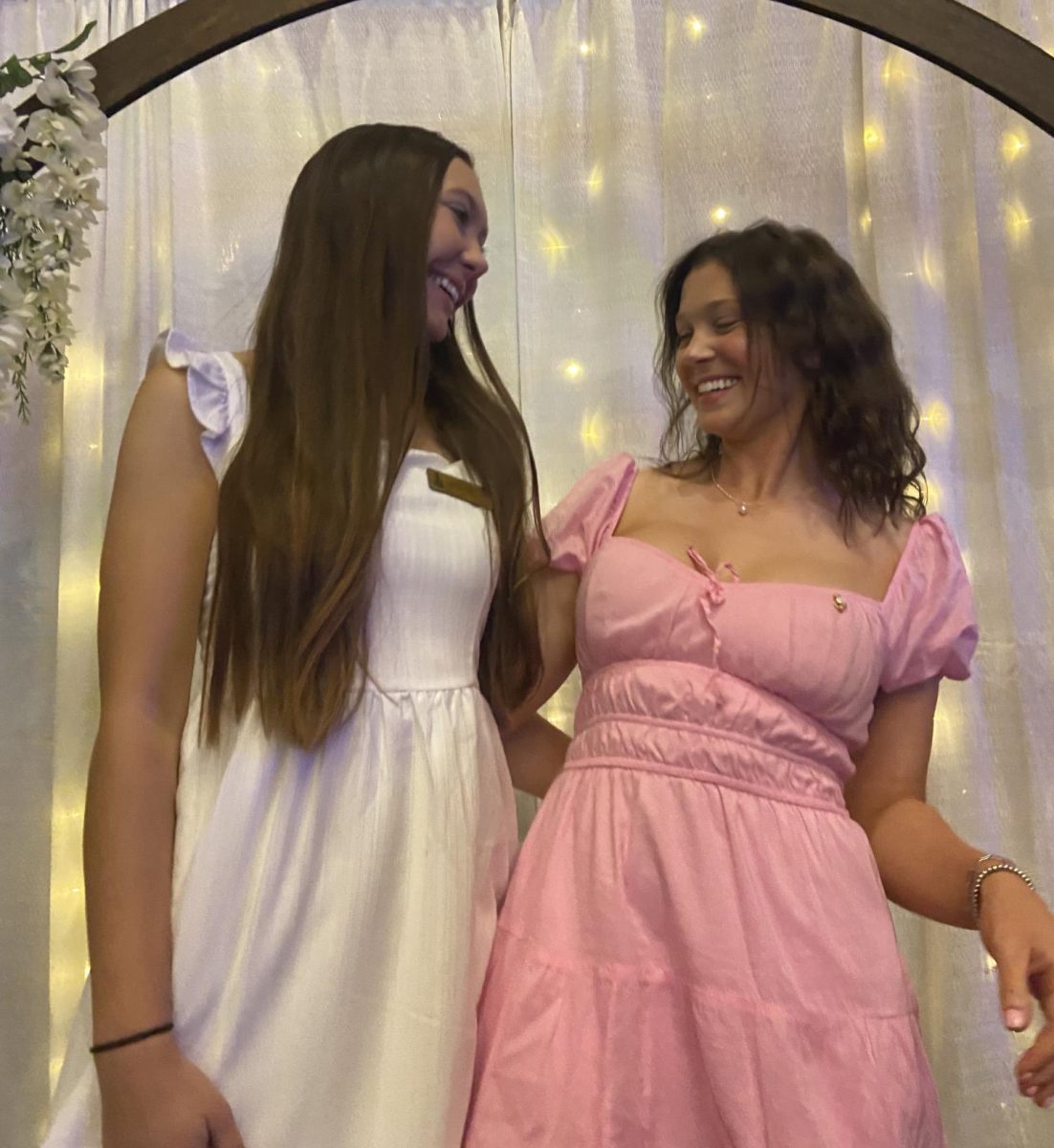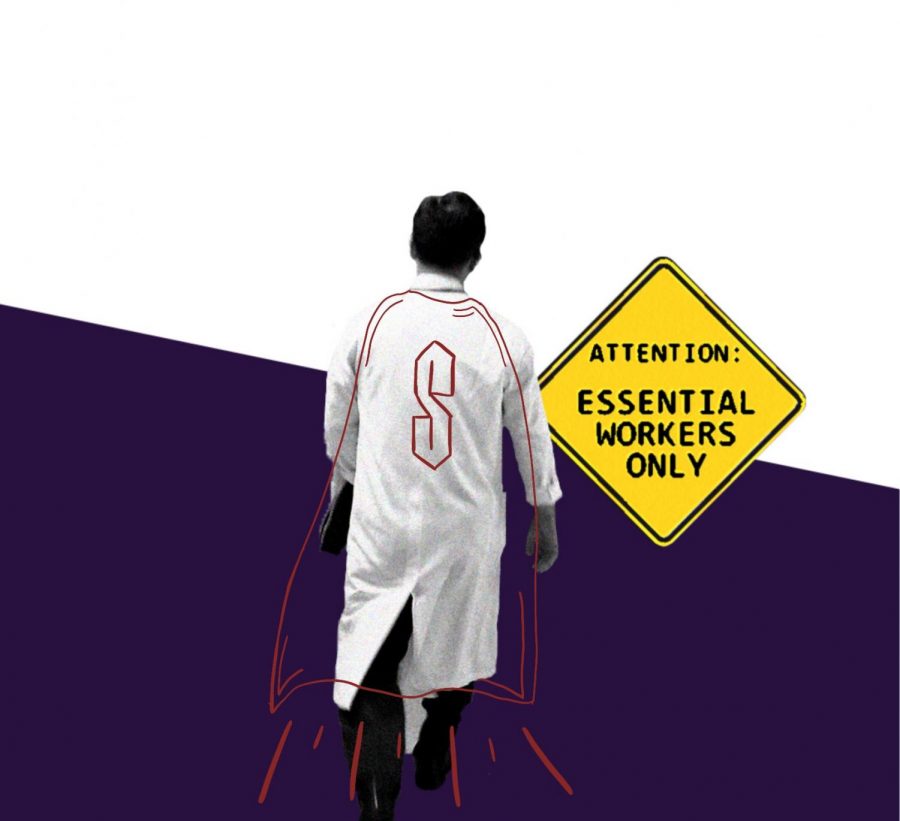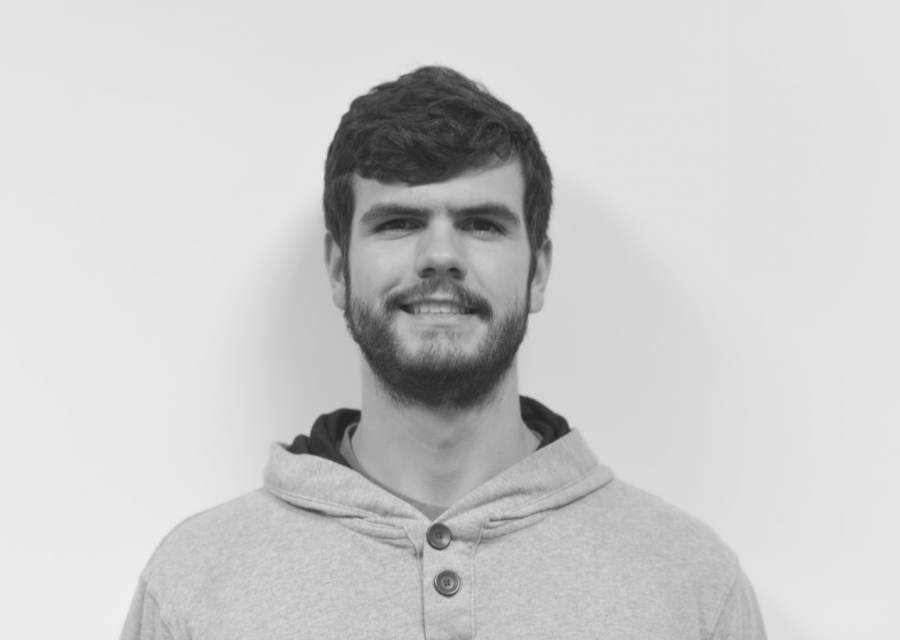While on assignment or talking with other newspaper staffers, I am often asked where I see myself in photojournalism in five to 10 years. Quite honestly, I don’t see myself going anywhere as a professional photojournalist.
Most who meet me while I’m on-assignment are surprised to learn that my major isn’t photojournalism or communication, but aerospace engineering. Saint Louis University doesn’t even offer a photojournalism major.
In some ways, though, my engineering background has kindled my love for what I do here at the newspaper.
Like many photographers, I’m a self-diagnosed “gearhead.” I possess a special relationship with my equipment, and I spend a good chunk of my online time browsing the cyber-classifieds looking for great deals on lenses, flashes and other doodads that may one day fill an entire horse trailer. One of my favorite sounds is the machine-gun clack clack clack of a professional camera in continuous shooting mode.
Enough with the embarrassing stuff: You’re probably wondering what I ate for breakfast this morning or where my genes come from.
However, I think a lot of the joy that photography brings me comes from knowing the science behind everything. As an engineer, I always have the insatiable need to delve deeper into the inner workings of anything mechanical, electrical or computerized and find out how things work.
It’s my belief that when covering a story or event, or even just shooting for fun, the camera becomes an extension of my body. It feels as if it’s part of me. Knowing what causes chromatic aberration, why exposure settings involve the square root of two or how a typical autofocus system works may not offer direct help when photographing an on-campus event; but having that knowledge certainly makes everything else easier. Often, I’m pressing a button or spinning a dial without as much as a cursory thought.
It has become so natural.
Over the last two years, I’ve taken some huge steps forward from being just another kid with a camera. I’ve read hundreds of pages of instruction manuals, spent thousands of dollars and taken far too many test shots and outtakes to count.
However, it’s not as if I haven’t had to learn the basics of photo composition and technique. Even with an expensive camera, creating an image that is aesthetically pleasing as well as technically advanced is just as important as ever. No amount of work in Photoshop will save an image taken with poor technique.
Regrettably, photojournalism is undergoing some major changes. Factors like the Internet, the increasing costs of print media and affordable digital cameras make it harder for photojournalists to set themselves apart from the general public.
Newspapers are hemorrhaging money and cutting staff; and online publications now have a much larger pool from which to draw images, due to the fact that everyone and their mother owns a camera.
Why bother spending money for gas and compensation to send a photographer to the scene if 50 bystanders all have photos from their camera phones?
Even with these troubles and the fact that photojournalism will not be my day job, I won’t let my love for photography just die out. I’ll continue to shoot for fun, covering sports, weddings, landscapes and whatever floats my way. Everything still feels so natural and I still enjoy doing what I do.
My camera has become an extension of my body, and I’m not about to cut off my hand just yet.
Ryan Giacomino is a junior in Parks College of Engineering, Aviation and Technology and photo editor for The University News.








